Frequency range: 26.5- 28MHz SWR: ≤1.2:1 Max. power: 35W continuous 250W Short time Bandwidth at S.W.R. 2:1: 1900KHz Impedance: 50ohm Whip length: 1200mm Adjustment: 0~90° Cable Length: RG58/157" Po...
See DetailsWhat Materials Improve Durability in Outdoor DVB-T Antennas?
For consumers relying on terrestrial digital television (DVB-T/DVB-T2), a robust outdoor antenna is essential for reliable signal reception. Unlike indoor units, outdoor DVB-T antennas face relentless environmental assault. Choosing an antenna built with the right materials isn't just about performance; it's about ensuring years of trouble-free service.
1. Housing & Radome: Shielding Against Sun and Impact
UV-Stabilized Plastics (ABS, ASA, Polycarbonate Blends): The plastic shell (radome) protecting the antenna elements must withstand constant ultraviolet radiation. Cheap, non-UV-stabilized plastics quickly become brittle, crack, and fade. High-quality DVB-T antennas use engineering plastics like ABS (Acrylonitrile Butadiene Styrene) or ASA (Acrylonitrile Styrene Acrylate), often blended with Polycarbonate (PC). These are specifically formulated with UV inhibitors, preventing degradation, maintaining impact resistance, and protecting the internal components for many years.
Polycarbonate (PC): Known for exceptional impact strength and good temperature resistance. While sometimes used alone, it's often blended with ABS (creating PC/ABS) to improve UV resistance and cost-effectiveness while retaining toughness.
2. Mast & Structural Elements: Strength and Corrosion Resistance
Powder-Coated Aluminum: Aluminum offers an excellent strength-to-weight ratio and inherent corrosion resistance. However, for outdoor use, a high-quality powder coating is crucial. This baked-on finish provides a thick, durable barrier against moisture, salt spray (in coastal areas), and pollutants, preventing the aluminum underneath from oxidizing (corroding). It's superior to cheaper paint finishes which chip and peel.
Galvanized Steel: Often used for mounting brackets and heavier-duty masts due to its strength. Hot-dip galvanizing coats the steel in a layer of zinc, providing sacrificial protection against rust. While heavier than aluminum, it's highly robust for structural parts bearing wind load.
Stainless Steel (Grade 304 or 316): The premium choice for maximum corrosion resistance, especially critical in harsh marine environments. Grade 316 offers superior resistance to salt. While more expensive, stainless steel components (like bolts, brackets, or clamps) significantly enhance longevity.
3. Antenna Elements (Dipoles/Reflectors): Conductivity Meets Endurance
Aluminum (Coated or Anodized): Aluminum is the most common material for antenna elements due to its excellent conductivity, light weight, and cost-effectiveness. For outdoor durability, elements are often anodized (creating a hard, protective oxide layer) or coated (e.g., with a clear lacquer) to prevent surface corrosion (white powdery oxidation) which can degrade performance over time.
Copper-Clad Steel (CCS): Offers a good balance. The steel core provides strength, while the copper cladding ensures good electrical conductivity. The copper layer itself needs protection (like a clear coat) to prevent tarnishing or corrosion.
Marine-Grade Brass: Sometimes used for critical conductive parts or connectors due to its excellent corrosion resistance in salt-laden air, though less common for entire elements than aluminum.
4. Connectors & Seals: The Weak Link Defense
High-Quality Plastics/Rubber for Gaskets: Effective waterproofing is paramount. Compression gaskets (often EPDM rubber or silicone) around the cable entry point and between housing sections create a watertight seal, preventing moisture ingress that causes internal corrosion and signal loss.
Corrosion-Resistant Connectors: The F-connector (typically brass, often nickel-plated or zinc-plated) is standard. High-quality plating is essential to prevent corrosion at the critical signal connection point. Some professional-grade DVB-T antennas might use more robust DIN 7/16 connectors.
The Bottom Line for Consumers
When selecting an outdoor DVB-T antenna, look beyond just signal gain specs. Inspect the build quality and inquire about materials:
Housing: Seek UV-stabilized ABS, ASA, or PC blends. Avoid flimsy, brittle-feeling plastic.
Mast/Brackets: Powder-coated aluminum or galvanized steel are common and durable. Stainless steel components are a major plus.
Elements: Look for coated or anodized aluminum elements.
Sealing: Ensure robust rubber gaskets are present at all entry points.
Connectors: Brass connectors with good plating (nickel, zinc).
Investing in an outdoor DVB-T antenna constructed with these durable materials means less frequent replacements, consistent signal quality, and ultimately, peace of mind knowing your TV reception is built to last through seasons of sun, rain, wind, and cold.

 English
English Español
Español
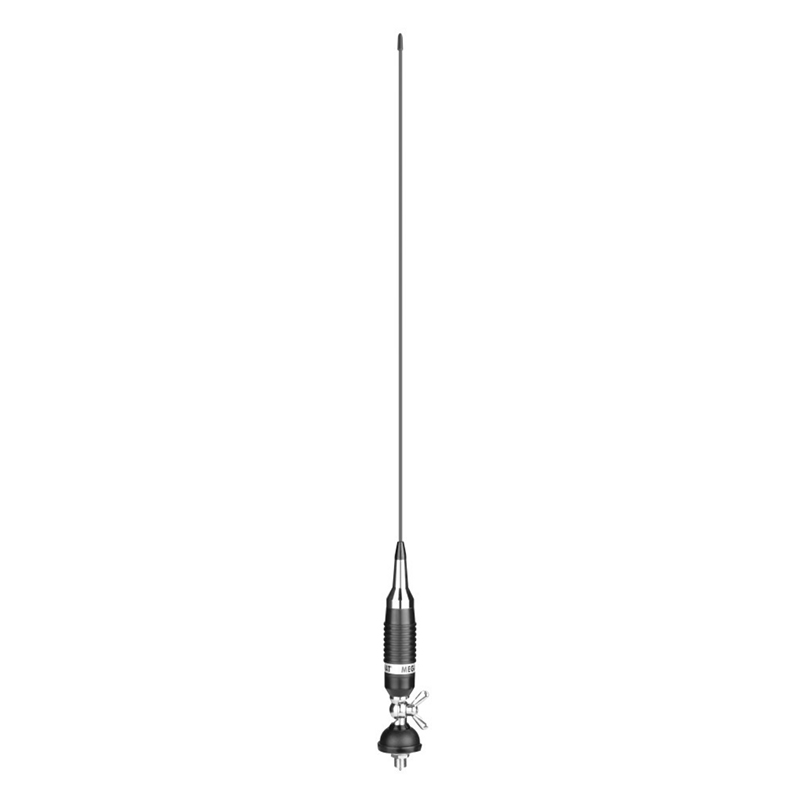
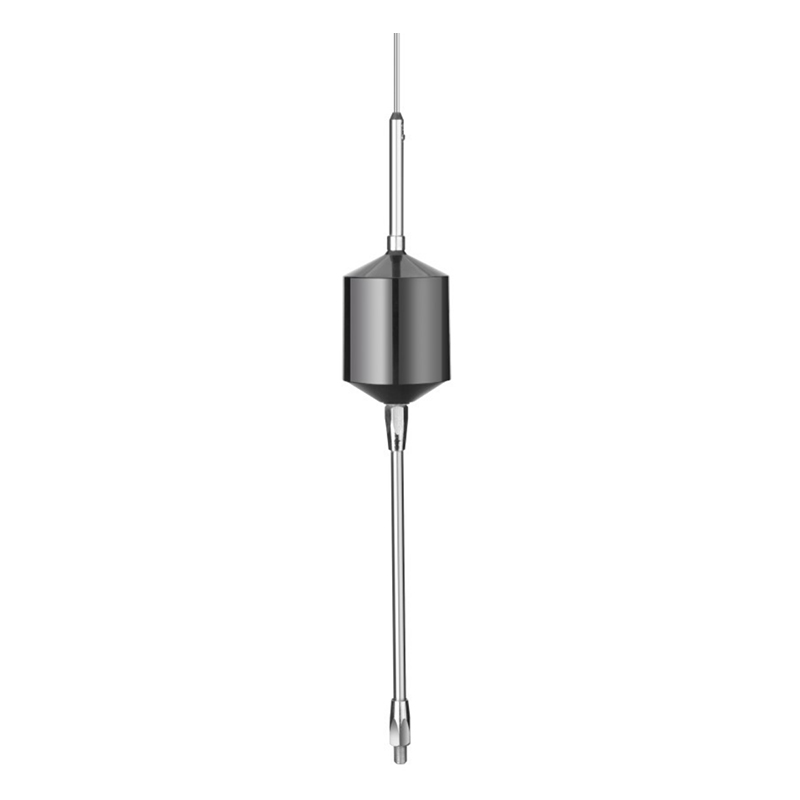
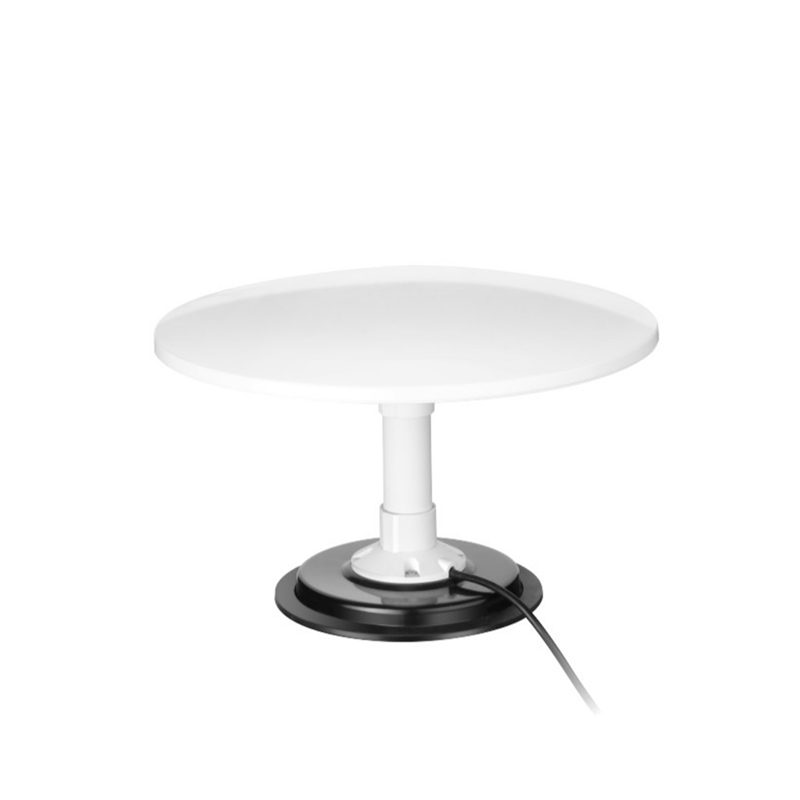
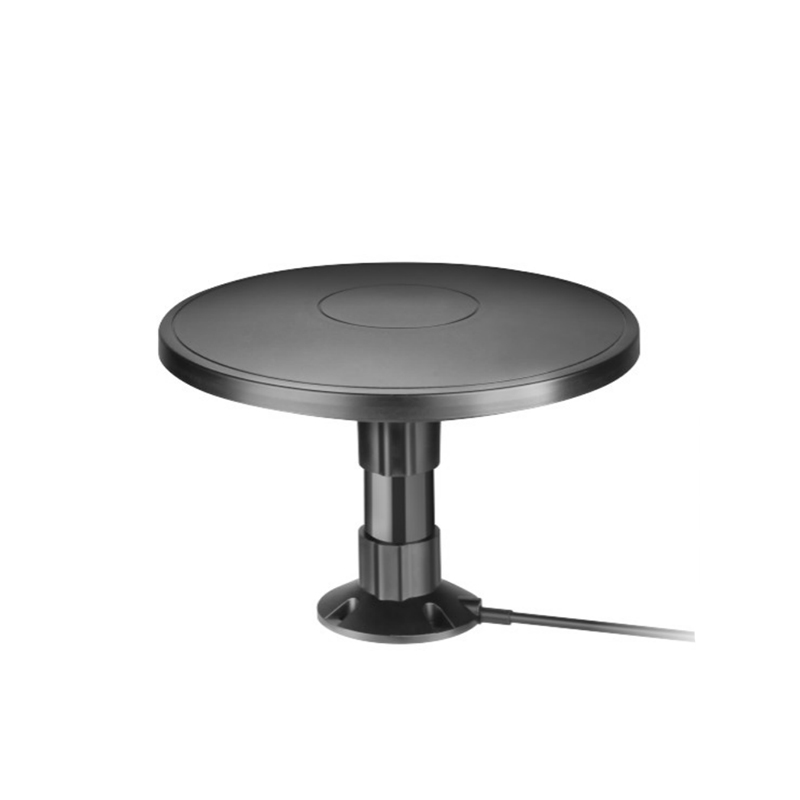
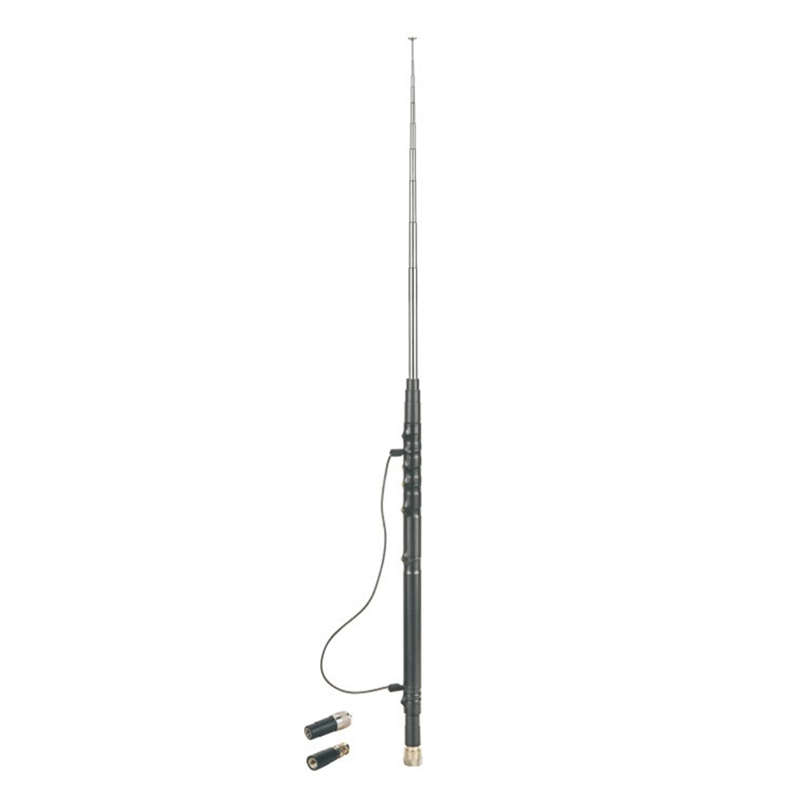
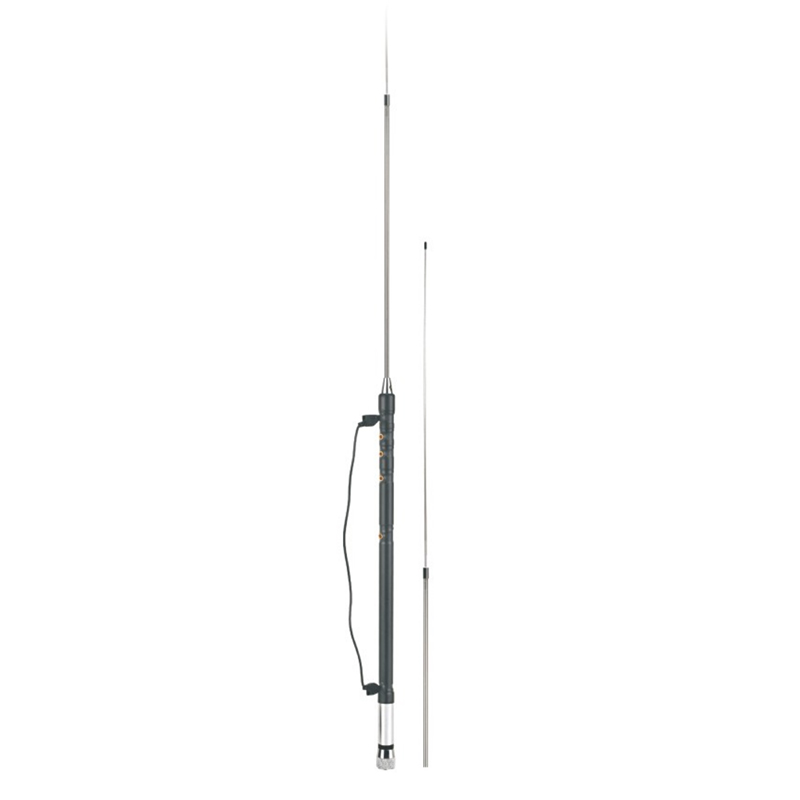
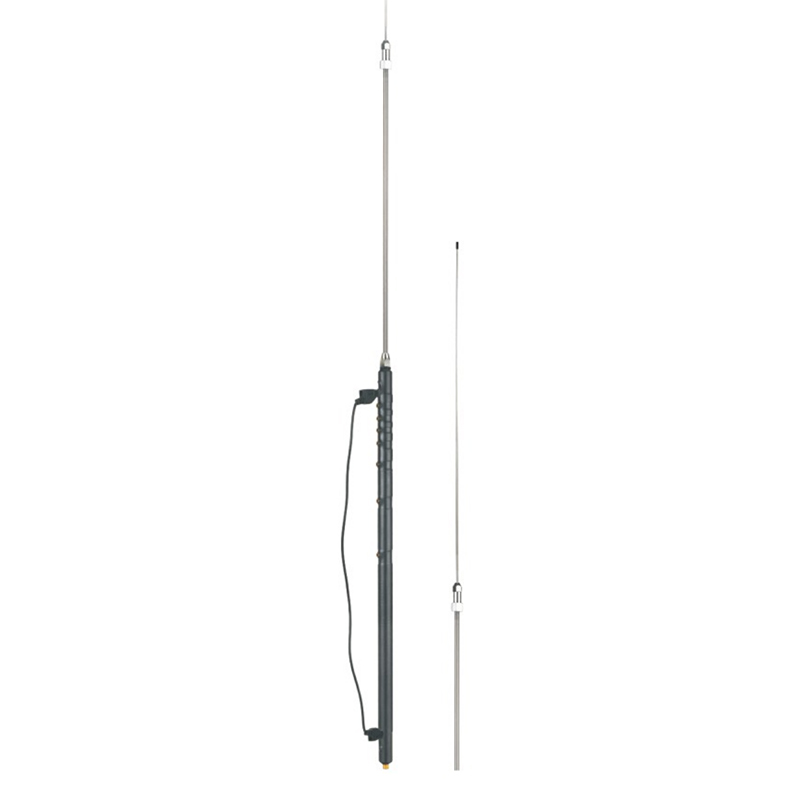
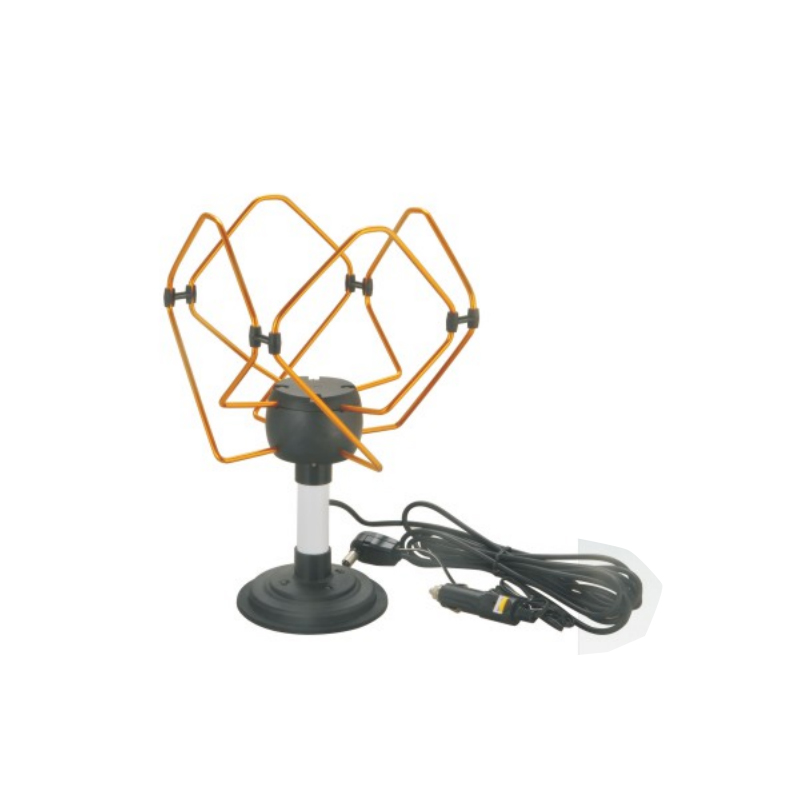

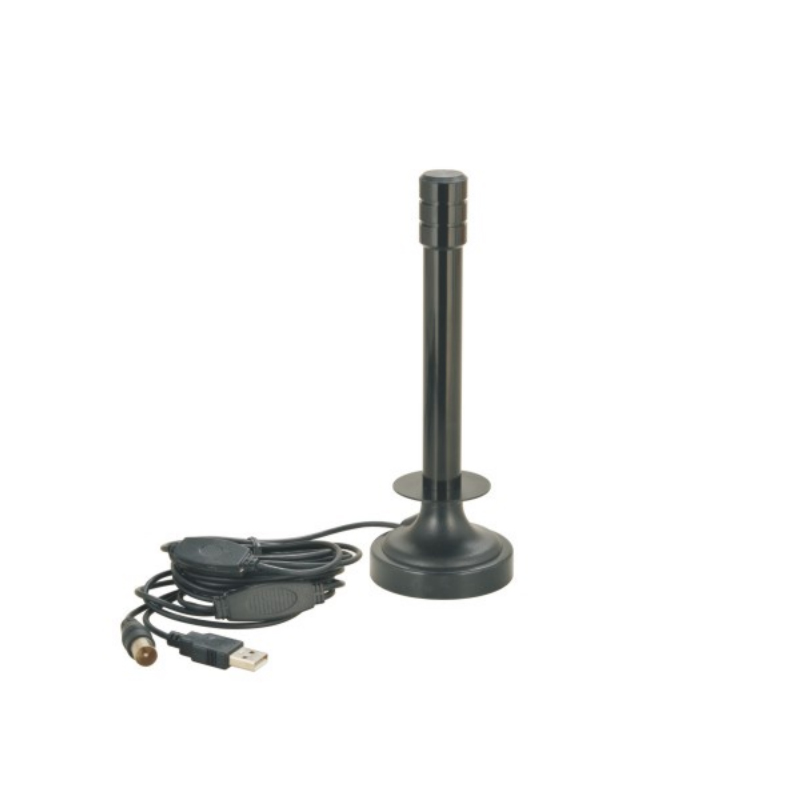
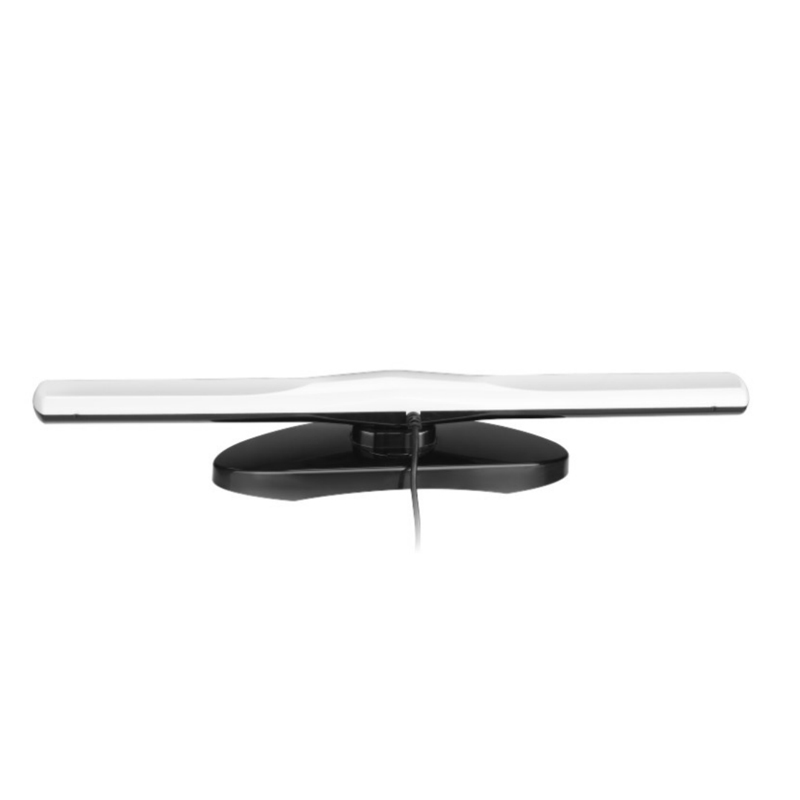
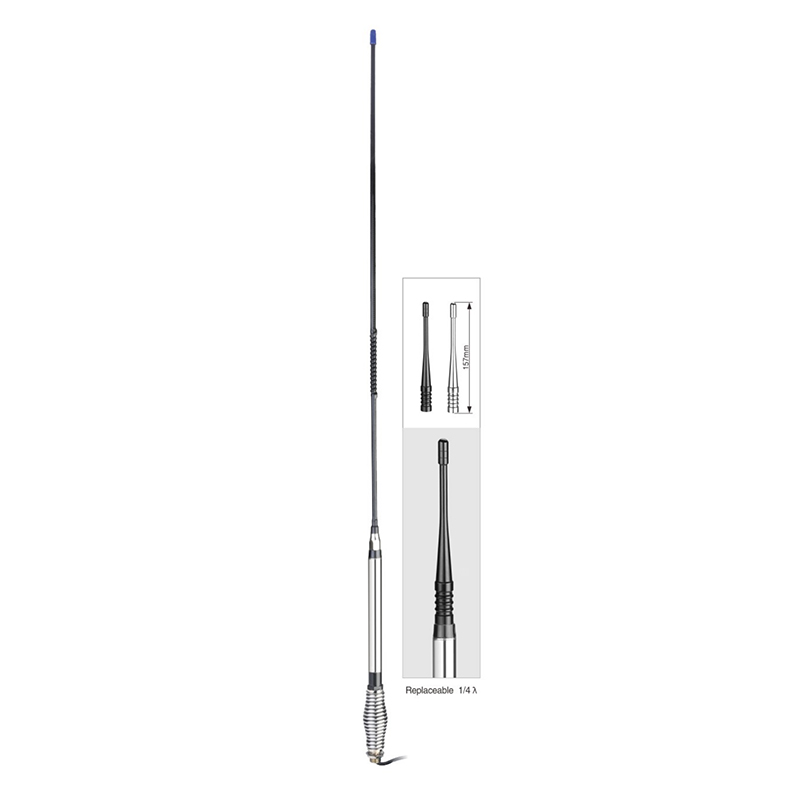

Contact Us